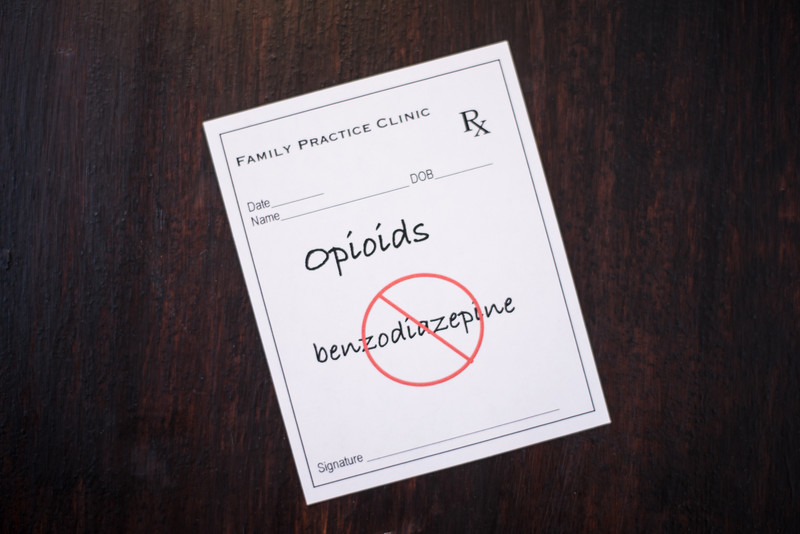 Benzodiazepines are controlled substances that are prescribed for treating anxiety, panic disorder, and disturbed sleeping patterns. The most commonly used benzodiazepines are alprazolam (Xanax), diazepam (Valium), and chlordiazepoxide (Librium).
Benzodiazepines are controlled substances that are prescribed for treating anxiety, panic disorder, and disturbed sleeping patterns. The most commonly used benzodiazepines are alprazolam (Xanax), diazepam (Valium), and chlordiazepoxide (Librium).
What are the signs of benzodiazepine addiction?
A strong indication that a person has developed benzodiazepine tolerance is needing more medication to achieve the same effect or previous effect. When the medication is abruptly stopped, withdrawal symptoms occur for someone with an addiction to benzodiazepine drugs. Because withdrawal is so severe, the addict may seek out the use of another substance as a substitute.
What are the effects of benzodiazepine addiction?
Addiction to benzodiazepines creates daytime sleepiness, drowsiness, loss of physical coordination, short-term memory impairment, and impaired motor skills. As a prescribed group, individual types of benzodiazepines have different side effects. These include:
- Alprazolam (Xanax) – Depressed breathing, sleepiness, loss of concentration, and appetite changes.
- Lorazepam (Ativan) – Impaired coordination, dizziness, disturbed sleep, and headache.
- Triazolam (Halcion) – Hallucinations, confusion, depressed breathing, tachycardia, and aggression.
- Temazepam (Restoril) – Face/lip swelling, light-headedness, suicidal thoughts, and mood swings.
- Flurazepam (Dalmane) – Drowsiness and dizziness.
- Diazepam (Valium) – Slurred speech, loss of muscle coordination, confusion, and blurred vision.
- Chlordiazepoxide (Librium) – Skin rash, tremors, sweating, and confusion.
How is benzodiazepine addiction treated?
When a person becomes addicted to a benzodiazepine drug, friends and loved ones often pull away because they are not certain how to handle the addiction. The addict may find himself unemployed, dropping out of school, or living on the street. Benzodiazepine use can lead to legal problems and relationship issues. To restore hope to an addict’s world so he or she can see a future, intense inpatient rehabilitation is the best choice of care.
Due to the severity of the withdrawal syndrome associated with benzodiazepine addiction, doctors advise that you do not attempt to detoxify (detox) without active supervision from medical personnel or an addiction specialist. These professionals are trained in handling addiction emergencies, and can gradually reduce (titrate down) the daily dose of the drug until it is discontinued. This tapering process will minimize the discomfort associated with withdrawal symptoms and allow you to detox safely.
After the client goes through the detox process, treatment begins. Inpatient treatment involves individual counseling, group therapy, and twelve-step programs. The goal of therapy is to uncover the reasons for the addictive behavior. In addition, substance abuse professionals will help the addict change addictive behavior patterns. Each recovering addict has a program that is individualized to meet his or her own needs. Group therapy involves process-based (psycho-educational) groups, which allow the addict to connect with others who are struggling with addiction.
Will I need medications during my recovery?
Medications are part of the treatment process as well. Many people who become addicted to benzodiazepines suffer from bipolar disorder, true anxiety, panic disorder, and/or major clinical depression. The mental health providers will prescribe safe alternatives for your emotional issues without prescribing dangerous controlled substances.
What happens after rehab?
In addition to traditional therapeutic modalities, many rehab centers offer alternative or experiential treatments for benzodiazepine addiction. These may include physical therapy, occupational therapy, recreational programs, and activities therapy. As you finish up your rehabilitation process, your counselor will help you develop an aftercare plan that addresses all of your needs. Options include joining a residential treatment center or moving to a sober-living house.
